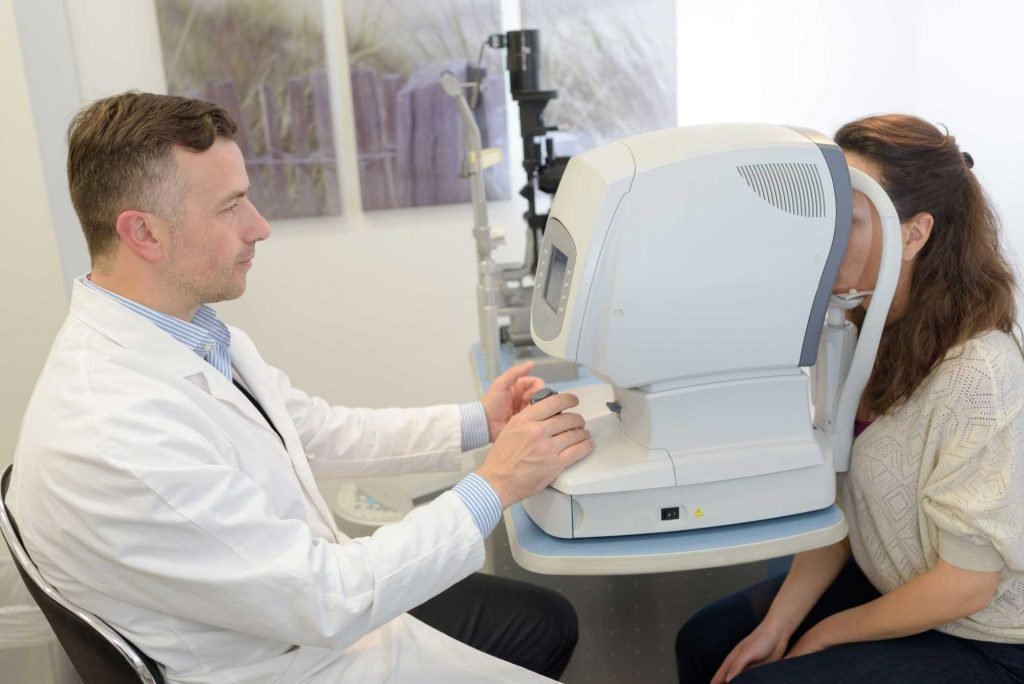why is optomap not covered by insurance

Optomap is a retinal imaging technology
that provides a wide-angle view of the retina, making it easier for ophthalmologists to detect early signs of eye diseases. The technology is highly advanced and has become a standard of care for many eye doctors around the world. However, despite its importance in detecting and preventing eye diseases, Optomap is not always covered by insurance. In this blog, we will explore the reasons behind this and why it is important for patients to understand the limitations of their insurance coverage.
Firstly, it is important to understand that insurance coverage for healthcare services and procedures is determined by a complex set of factors that vary by insurance provider and policy. Some insurance policies may cover certain procedures, while others may not, and this can change over time as policies are updated or changed. In the case of Optomap, insurance coverage may depend on the specific insurance provider and policy of the patient.
Secondly, the cost of Optomap technology is relatively high compared
to other retinal imaging technologies, such as fundus photography. This higher cost may make it less attractive for insurance providers to cover, as it can increase their overall costs and premiums. This is especially true for insurance providers that operate on a fee-for-service model, as they may not see the long-term benefits of investing in Optomap technology.
Finally, there is a lack of standardized guidelines for when Optomap is medically necessary. While Optomap is highly advanced and has many benefits for detecting eye diseases, it may not be necessary for every patient. Some insurance providers may require specific medical conditions or symptoms before they will cover the cost of Optomap imaging, while others may not cover it at all.
Despite these limitations, it is important for patients to understand
the value of Optomap technology and discuss it with their eye doctor. Early detection of eye diseases such as glaucoma and macular degeneration can be crucial in preventing vision loss and other serious complications. Patients should also review their insurance policy to understand what procedures and technologies are covered, and consider exploring other options such as health savings accounts or payment plans to cover the cost of Optomap imaging if it is not covered by insurance.
Optomap technology has revolutionized the way ophthalmologists detect and treat eye diseases. Traditional retinal imaging techniques often required patients to undergo uncomfortable and invasive procedures, such as dilating eye drops, to achieve a clear view of the retina. Optomap eliminates this discomfort by capturing a wide-angle view of the retina in one image. This technology has also been shown to detect early signs of eye diseases that may have been missed by other imaging technologies.

Despite these benefits,
many patients may still struggle to access Optomap imaging due to the lack of insurance coverage. This can be especially challenging for patients who have a family history of eye diseases or are at higher risk due to age or other health conditions. These patients may benefit the most from early detection and preventative care, but may not have the financial means to cover the cost of Optomap imaging out of pocket.
Fortunately, there are other options available for patients who may not have insurance coverage for Optomap imaging. Health savings accounts (HSAs) and flexible spending accounts (FSAs) are two options that allow patients to set aside pre-tax dollars to pay for medical expenses. Patients may also consider payment plans or financing options offered by their eye doctor or imaging center.
It is also important for patients
to be proactive in advocating for themselves when it comes to insurance coverage. Patients should review their insurance policy carefully to understand what procedures and technologies are covered, and speak with their insurance provider if they have any questions or concerns. In some cases, a physician may be able to provide additional information or documentation to support the medical necessity of Optomap imaging.
Benefits of Optomap
Optomap offers a number of benefits over traditional retinal imaging methods, such as dilated fundus exams. Optomap images are wider and more detailed, which can help eye doctors to detect eye diseases earlier. Optomap is also faster and more comfortable for the patient.
Alternatives to Optomap
There are a number of alternatives to Optomap, including dilated fundus exams and optical coherence tomography (OCT). Dilated fundus exams are a less expensive option, but they are also less detailed and can be uncomfortable for the patient. OCT is a more expensive option, but it can provide more detailed images of the retina.
Why is Optomap not covered by insurance?
There are a few reasons why Optomap may not be covered by insurance:
- It is a relatively new technology.
- It is more expensive than other retinal imaging procedures, such as a dilated eye exam.
- Insurance companies may not view it as medically necessary for all patients.
When is Optomap covered by insurance?
Optomap may be covered by insurance in certain cases, such as:
- If the patient has a history of retinal disease.
- If the patient is at high risk for developing retinal disease.
- If the patient is experiencing symptoms of retinal disease.
What can I do if my insurance does not cover Optomap?
If your insurance does not cover Optomap, you may be able to pay for it out of pocket. You can also ask your eye doctor if they offer any financial assistance programs.
Are there any other retinal imaging procedures that are covered by insurance?
Yes, there are other retinal imaging procedures that are covered by insurance, such as a dilated eye exam. A dilated eye exam is a simple procedure in which the eye doctor uses eye drops to widen the pupils. This allows the doctor to examine the retina more thoroughly.
In conclusion,
Optomap technology has proven to be a valuable tool in detecting and preventing eye diseases. While the lack of insurance coverage may present a challenge for some patients, there are other options available to help cover the cost of Optomap imaging. Patients should be proactive in advocating for themselves and exploring all available options to ensure they receive the best possible care for their eye health.
FAQs
Q: Who should get an Optomap exam?
Optomap exams are recommended for everyone, but they are especially important for people at risk for eye diseases, such as people with diabetes, high blood pressure, and glaucoma.
Q: How often should I get an Optomap exam?
The frequency of Optomap exams will depend on your individual risk factors. Your eye doctor will recommend how often you should get an Optomap exam based on your medical history and the results of your previous eye exams.
Q: How much does an Optomap exam cost?
The cost of an Optomap exam varies depending on your location and your insurance coverage. Most eye doctors charge between $50 and $100 for an Optomap exam.





1 thought on “WHY IS OPTOMAP NOT COVERED BY INSURANCE”